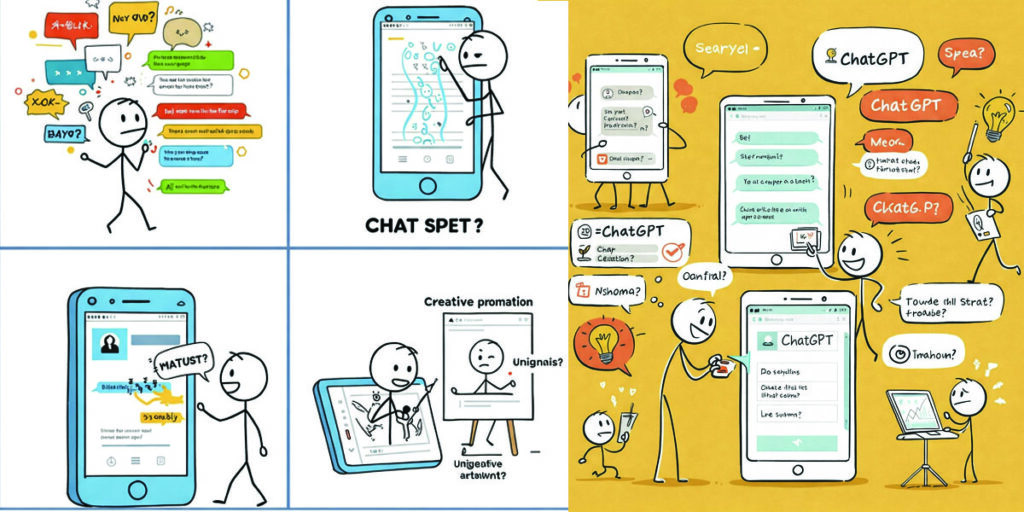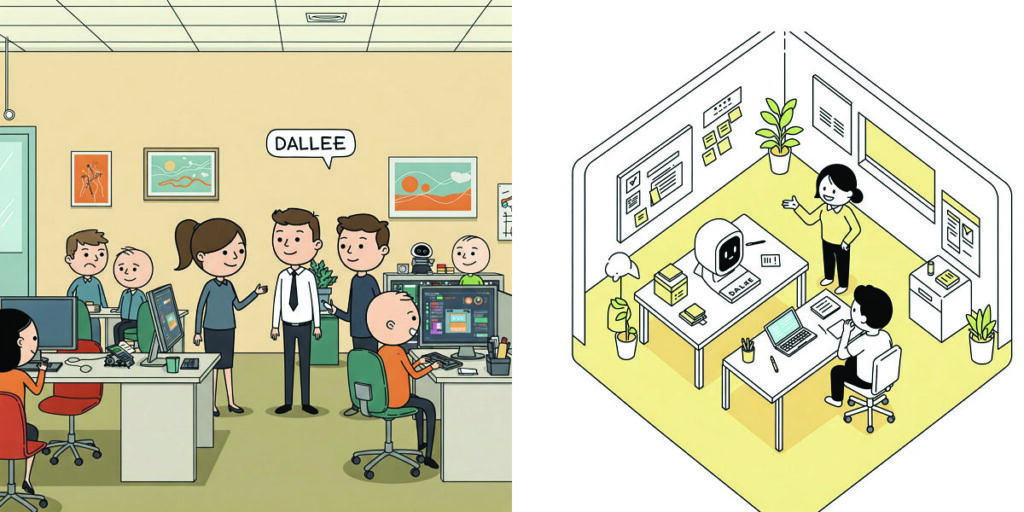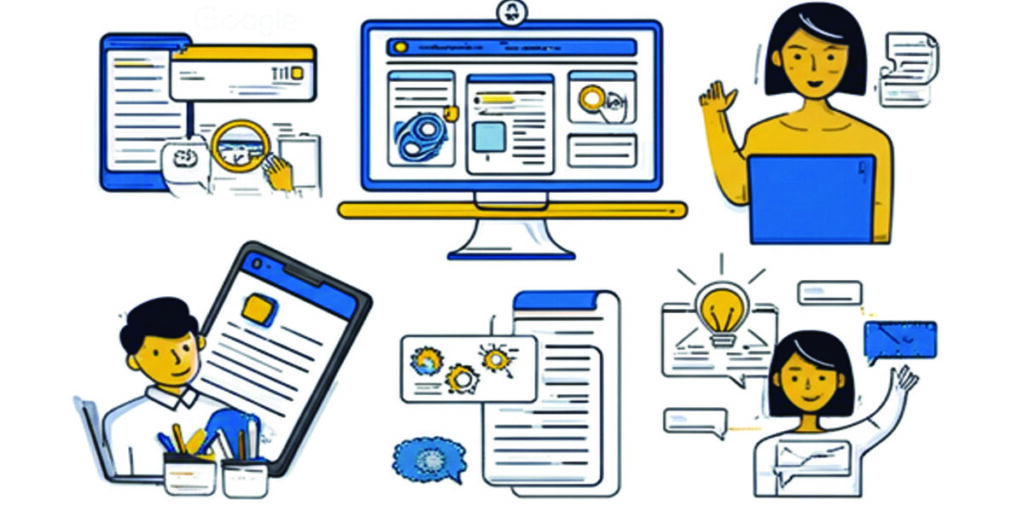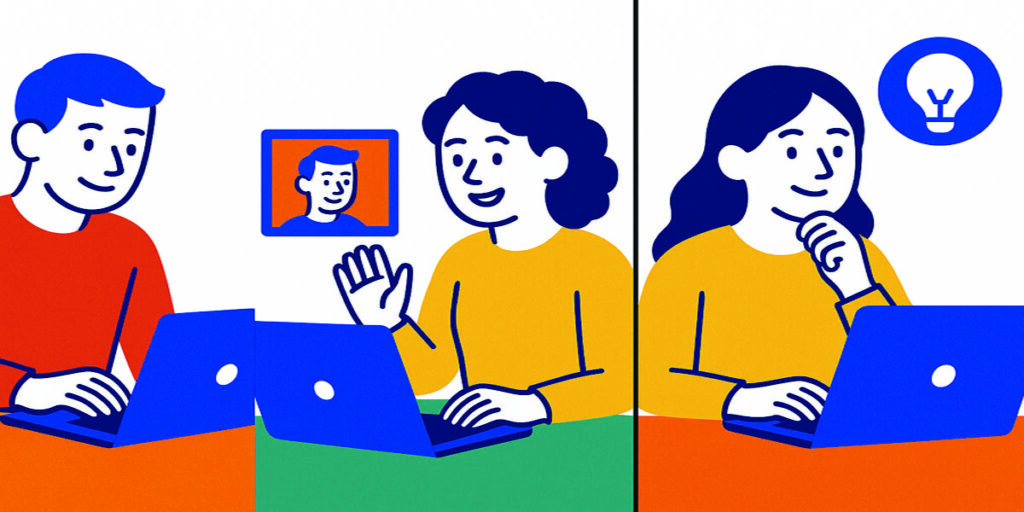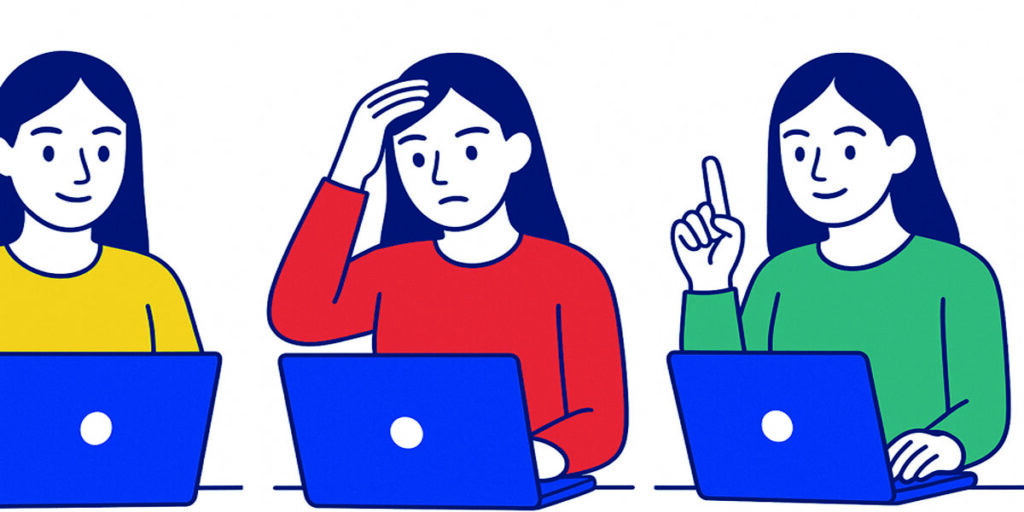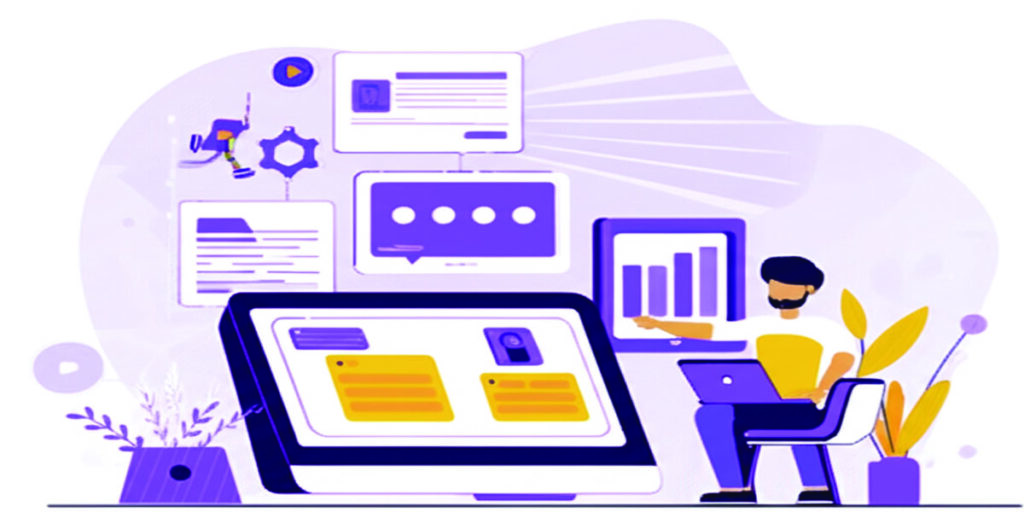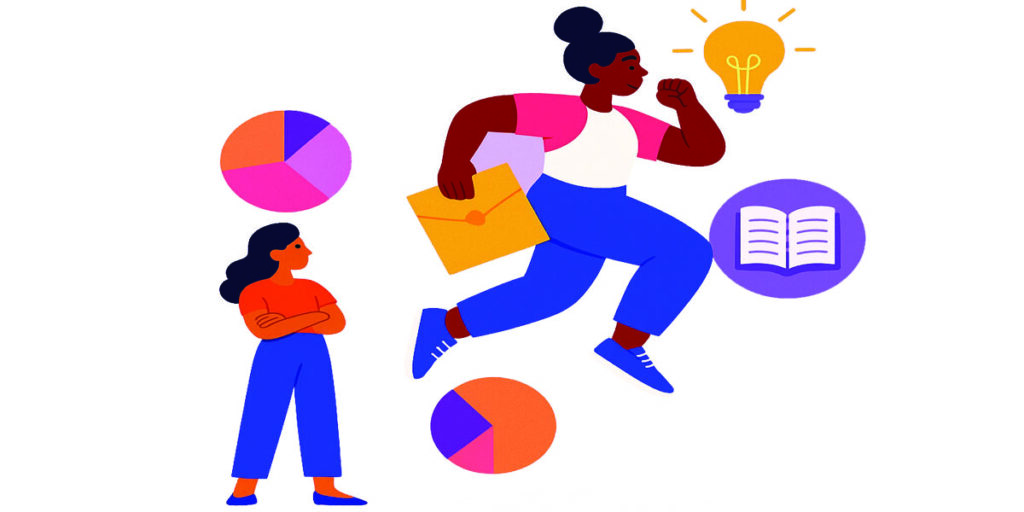Aiva – AI music composer that creates soundtrack-style music for games, ads, and films.
The intersection of artificial intelligence and creative arts has yielded fascinating innovations, none perhaps as evocative as AI-driven music composition. At the forefront of this burgeoning field stands Aiva, the Artificial Intelligence Virtual Artist, a platform dedicated to creating original soundtrack-style music for a diverse range of applications, from video games and films to advertising and personal projects. Aiva represents a significant leap in algorithmic creativity, challenging traditional notions of authorship and opening up new avenues for musical expression and industry dynamics. This article delves into the history of Aiva, explores its position and impact on the economic market, and examines how it fosters networking and integration within the creative landscape.
Genesis and Evolution: The History of Aiva
Aiva’s journey began in February 2016, founded in Luxembourg by a team with diverse backgrounds in computer science, composition, and entrepreneurship, including Pierre Barreau, Denis Shtefan, and Vincent Barreau. Their initial vision was ambitious: to create an artificial intelligence capable of composing music with the emotional depth and complexity typically associated with human composers. The inspiration for Aiva was partly drawn from the Spike Jonze film “Her,” which explored the relationship between a human and an AI operating system capable of feeling emotions and even composing music. This sparked the founders’ curiosity about whether AI could truly capture the intangible qualities of human musical sensitivity.
The early development of Aiva focused heavily on classical and symphonic music. The AI was trained on a massive dataset of classical scores from renowned composers like Bach, Beethoven, and Mozart. This deep learning process allowed Aiva to analyze and understand the intricate patterns, harmonies, and structures that define these styles. By processing this vast collection of musical knowledge, Aiva began to develop its own mathematical and intuitive model of music composition.
A significant milestone in Aiva’s early history was its recognition by SACEM (Société des auteurs, compositeurs et éditeurs de musique) in 2016. This made Aiva the world’s first virtual composer to be officially registered with a music society, granting it the status of a composer and allowing its music to be copyrighted in its own name in France and Luxembourg. This event was not merely symbolic; it raised profound questions about authorship and copyright in the age of AI-generated content, sparking important conversations within the music industry and legal circles.
Following its initial focus on classical music, Aiva began to expand its capabilities and stylistic range. By January 2019, the company launched its commercial product, the Music Engine, offering users the ability to generate compositions in various styles beyond classical, including rock, pop, jazz, fantasy, sea shanty, tango, and different cinematic genres. This expansion was crucial for Aiva’s viability as a tool for creators working in diverse media, as soundtrack music often requires a wide palette of genres and moods.
Over the years, Aiva’s technology has continuously evolved, leveraging advancements in deep learning and reinforcement learning architectures. The AI’s ability to understand and generate music has become more nuanced, allowing for greater control and customization by the user. Features like adjustable tempo, key, instrumentation, and mood parameters were introduced, empowering creators to guide the AI towards generating music that aligns with their specific creative vision. The development team, a blend of researchers, engineers, and musicians, has been instrumental in refining Aiva’s algorithms and ensuring the musical quality of its output.
Aiva has also engaged in various initiatives to showcase its capabilities and push the boundaries of AI creativity. It has released albums of its compositions, such as “Genesis” and “Among the Stars,” demonstrating the artistic potential of its technology. Presentations at events like TED have further highlighted Aiva’s innovative approach to music creation. The company’s participation in events like the European Film Market has underscored its relevance to the film and media industries. The journey from a research project focused on classical music to a commercial platform offering a wide range of styles for various applications demonstrates Aiva’s adaptability and its commitment to becoming a significant player in the future of music composition.
Navigating the Score: Aiva’s Position in the Economic Market
Aiva operates within the rapidly expanding market of AI-powered music generation, a sector that is poised for significant growth in the coming years. The demand for original, high-quality music for various media – particularly in the fast-paced worlds of digital content creation, gaming, and advertising – is immense. Traditional music licensing can be expensive, time-consuming, and involve complex negotiations. AI music generation tools like Aiva offer a compelling alternative, providing creators with a cost-effective and efficient way to obtain bespoke soundtracks.
Aiva’s primary target audience includes game developers, filmmakers, advertisers, content creators (especially those on platforms like YouTube, Twitch, and TikTok), and even independent musicians looking for creative inspiration or background tracks. The platform’s ability to generate music quickly and in various styles makes it particularly attractive to those who need a high volume of original music or who lack the time, budget, or musical expertise for traditional composition and licensing.
Aiva’s business model is primarily based on a tiered subscription service. It typically offers a free plan with limited features and licensing options, allowing potential users to experience the technology. Paid subscription tiers unlock more downloads, longer track durations, higher quality audio formats, and crucially, more extensive commercial licensing rights. For instance, higher tiers often grant users full copyright ownership of the compositions they generate, enabling unrestricted monetization across various platforms. This freemium and subscription model is common among SaaS (Software as a Service) tools and allows Aiva to cater to a wide range of users, from hobbyists to professional production houses.
In addition to subscription revenue, Aiva also engages in direct licensing deals with larger enterprises, such as film studios or advertising agencies, who may require custom plans and dedicated support for their specific needs. This dual revenue stream of subscriptions and enterprise licensing provides Aiva with a scalable business model.
The competitive landscape for Aiva includes other AI music generation platforms such as Amper Music (which was acquired by Shutterstock), SoundDraw, Ecrett Music, and Jukebox by OpenAI (though Jukebox is more of a research project focused on generating music with lyrics and singing). Each of these platforms has its own strengths, stylistic focuses, and business models. Aiva differentiates itself through its early establishment, its registration with a performance rights society, its continually expanding range of styles, and its focus on providing users with significant control over the composition process through customizable parameters. Its historical roots in classical music also give it a unique foundation in generating complex and emotionally resonant pieces.
The economic impact of AI music generation tools like Aiva on the traditional music industry is a subject of ongoing debate. Some view AI as a disruptive force that could potentially reduce the demand for human composers and session musicians, particularly for background music and production libraries. However, others see AI as a powerful tool that can augment human creativity, allowing composers to work faster, explore new ideas, and focus on more complex or emotionally nuanced aspects of their work. Aiva itself positions its technology as a creative assistant, empowering individuals and streamlining the music production process.
The rise of AI music also raises important questions about intellectual property, royalties, and the value of music. While Aiva’s pro plans offer users full copyright, the broader legal framework for AI-generated content is still evolving. The U.S. Copyright Office, for example, has indicated that while AI-generated works can be copyrighted, there must be a significant level of human involvement and creative control in the process. This underscores the current view that AI is a tool used by a human creator, rather than a creator itself.
Despite these challenges, the market for generative AI in music is projected to grow significantly, driven by the increasing demand for personalized and on-demand music, the need for cost-effective audio solutions in digital media, and advancements in AI technology. Aiva, with its established platform and evolving capabilities, is well-positioned to capture a substantial share of this growing market. Its success will likely depend on its continued innovation in music generation, its ability to navigate the evolving legal and ethical landscape, and its effectiveness in demonstrating the value it provides to creators and businesses.
Harmonizing Connections: Networking and Integration
Beyond its core AI composition engine, Aiva’s success is also dependent on how it connects with its users, integrates with existing workflows, and potentially networks with other technologies. The “networking” aspect of Aiva can be understood in several dimensions: user interaction and experience, integration capabilities, community building, and the underlying technological connections that enable its learning and output.
User interaction with Aiva primarily takes place through its web-based platform and potentially desktop applications. The interface is designed to be intuitive, allowing users to specify their desired musical parameters, such as genre, mood, key, tempo, and instrumentation. Users can often provide reference tracks or even upload their own MIDI or audio files to influence the AI’s composition, acting as a form of creative “networking” between human and machine. The platform then generates musical pieces based on these inputs, which users can preview, edit, and download in various formats (like MP3, WAV, or MIDI). The ability to edit the generated MIDI tracks is a crucial feature, allowing users to fine-tune the compositions, add their own creative touches, or integrate them into their existing music production workflows.
For developers and businesses, the potential for API (Application Programming Interface) access or software integrations is a key aspect of networking. While specific details about public APIs might vary, the ability to integrate Aiva’s music generation capabilities directly into game engines, video editing software, or other creative tools would significantly expand its reach and utility. Imagine a game development platform where developers can generate adaptive background music within the engine itself, or a video editor that can automatically suggest and generate a soundtrack based on the video’s content and mood. These kinds of integrations represent a powerful form of technological networking.
Community building is another important facet of Aiva’s ecosystem. While not as prominent as some social platforms, Aiva provides resources like tutorials, FAQs, and customer support to help users understand and effectively utilize the AI. User forums or communities, if established, would allow creators to share tips, showcase their work, and provide feedback to Aiva, fostering a sense of community and collaborative learning around the technology. This form of networking helps users get the most out of the platform and provides valuable insights for Aiva’s ongoing development.
On a deeper technological level, Aiva’s “networking” involves how its AI models are trained and how they process information. The AI learns by analyzing vast datasets of musical information, identifying complex relationships between notes, rhythms, harmonies, and structures. This learning process is a form of internal networking within the AI’s neural networks. The AI’s ability to generate coherent and emotionally resonant music relies on the intricate connections and patterns it has learned from the data.
Furthermore, Aiva’s output, in the form of downloadable audio and MIDI files, facilitates networking with other music production tools. Users can import Aiva-generated MIDI tracks into Digital Audio Workstations (DAWs) like Ableton Live, Logic Pro, or Cubase, where they can be further arranged, orchestrated with virtual instruments (VSTs), mixed, and mastered. Similarly, audio files can be directly incorporated into video editing projects or used in presentations and advertisements. This interoperability with standard music and media production tools is essential for Aiva to be a practical and valuable tool for creators.
The licensing framework also acts as a form of networking, connecting the creators using Aiva with the legal rights necessary to utilize the generated music in their projects. By providing clear licensing options, Aiva simplifies the process of obtaining music rights, which can be a significant barrier in traditional media production. This legal framework ensures that creators can confidently use Aiva’s output for commercial purposes, fostering a healthy ecosystem of creation and distribution.
In essence, Aiva’s networking encompasses its user interface as the point of human-AI interaction, potential API integrations for seamless workflow inclusion, community resources for user support and knowledge sharing, and the fundamental technological processes that enable its music generation and output compatibility. These various layers of connection contribute to Aiva’s utility and its ability to become a valuable tool within the broader creative and economic landscape.
Conclusion: A Symphony of AI and Human Creativity
Aiva stands as a compelling example of how artificial intelligence is transforming creative fields. From its origins rooted in the ambition to replicate human musicality to its current position as a commercial platform serving a diverse global market, Aiva has demonstrated the potential of AI in music composition. Its history is marked by technological innovation, key milestones like recognition by music societies, and a continuous expansion of its creative capabilities.
Economically, Aiva is a key player in the burgeoning generative AI music market. Its business model, centered on tiered subscriptions and enterprise licensing, caters to a wide range of users seeking efficient and cost-effective soundtrack solutions. While the impact on the traditional music industry is still unfolding, Aiva presents itself as a complementary tool that empowers creators and streamlines production workflows. The discussions surrounding copyright and authorship in the age of AI highlight the need for evolving legal and ethical frameworks to accommodate these new forms of creativity.
The networking aspects of Aiva, from its user-friendly interface and potential for software integrations to its community support and interoperability with existing production tools, are crucial for its widespread adoption and utility. By facilitating seamless interaction between human creators and the AI, and by ensuring compatibility with standard workflows, Aiva is positioning itself as an integral part of the modern creative process.
Aiva is not merely an AI that creates music; it is a platform that embodies the evolving relationship between technology and artistry. It challenges us to rethink the nature of creativity, authorship, and the future of the music industry. As Aiva continues to learn and evolve, it promises to unlock new possibilities for musical expression and shape the soundscapes of our digital world, creating a new harmony between artificial intelligence and human creativity.

